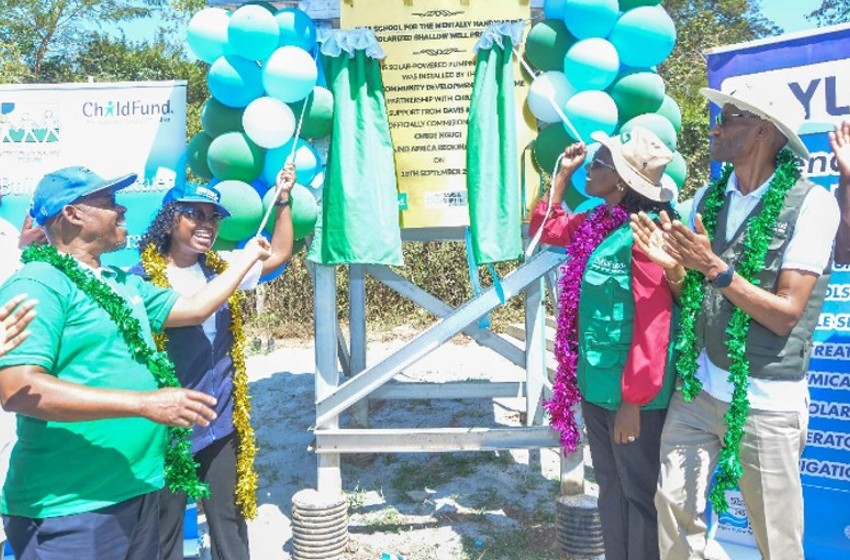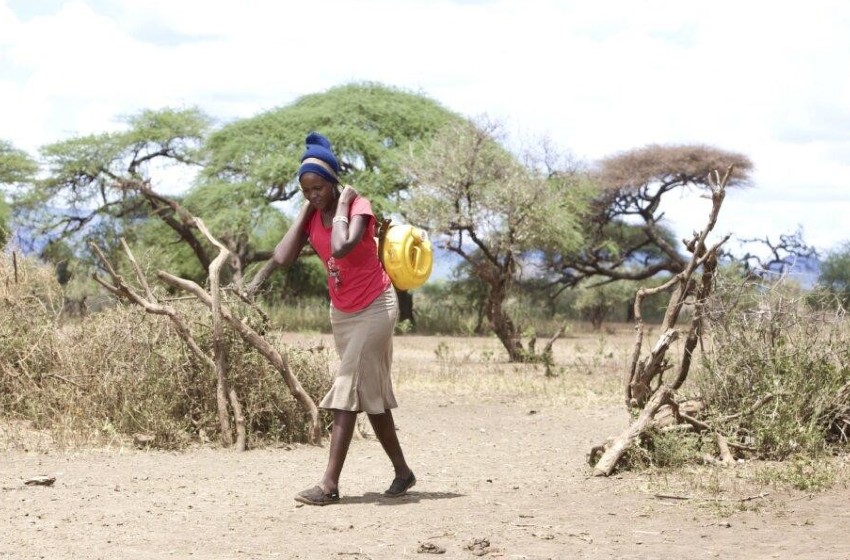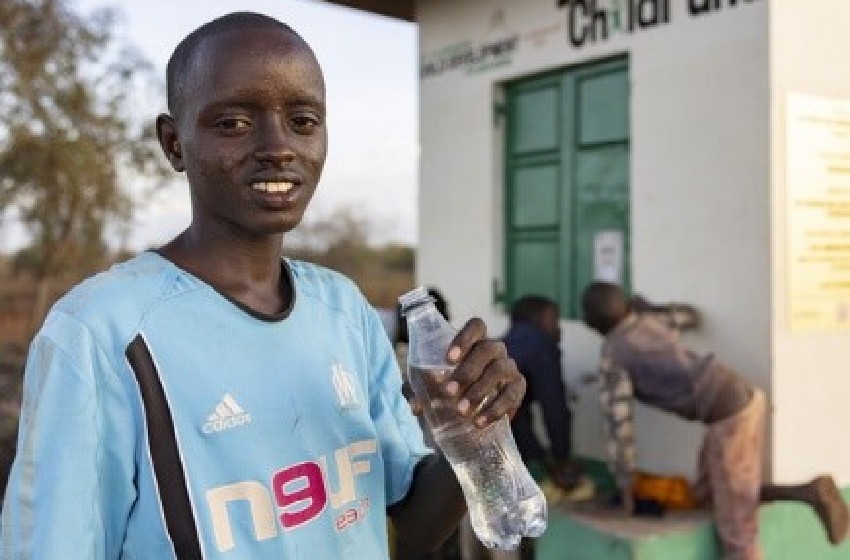Fetching Water needs not to be Life-Threatening
August 15, 2024
It is said that water is life, but what if accessing water was one of the most dangerous things you could do? Up until a few years ago, people in this small riverside village in Samburu County, Kenya, would risk their lives in order to take a bath, water their herds or fill a jerrycan full of water to bring back home. The nearby river – swimming with dangers both large and small – was the only source of water for the village.
“The river is a very scary place,” says Darwin, who started fetching water here when she was just four years old. “My best friend’s brother was tending the goats down by the river. He was taken by a crocodile and lost his life.”
Many people throughout the village have such horrific memories, including one of the village elders, Ken Loshede, a traditional leader now in his forties. “When I was a young boy in the third grade, I went to the river with my friend and he was snatched by a crocodile. When he jumped in, he never came out again. And from that time, I didn’t like going to the river ever again.”
On top of the risks posed by the crocodiles, water-borne diseases also affected those who drew water from the river. “This water is not clean because there is a river which passes in town and it carries the sewage waste into the river and we use the same water,” says Elder Loshede. “We have had many diseases here such as cholera and typhoid.”
“I can’t believe I used to drink that water,” says Darwin, adding that “it was the only water available, and we had to drink it.” Sometimes, she recalls “I wouldn’t be able to go to school or play with friends because I was too sick.”
A deep-water borehole system now pipes potable water from underground to Darwin’s and Ken’s village. Thus, trips to the river are no longer necessary for the 300 to 400 people who get their water here each day. “Since 2020 when this project commenced, we have not witnessed any crocodile fatalities because children don’t draw water from there as much now,” says elder Ken.
“We would take a lot of time to go fill up at the river. Now it’s a very short trip to the well,” says Darwin. The installation of the borehole has prompted her family and others like her to construct houses – traditionally made of sticks, blankets and iron sheeting – nearer to the water point. “There’s a lot of people coming to draw water here at the well now,” she says.







